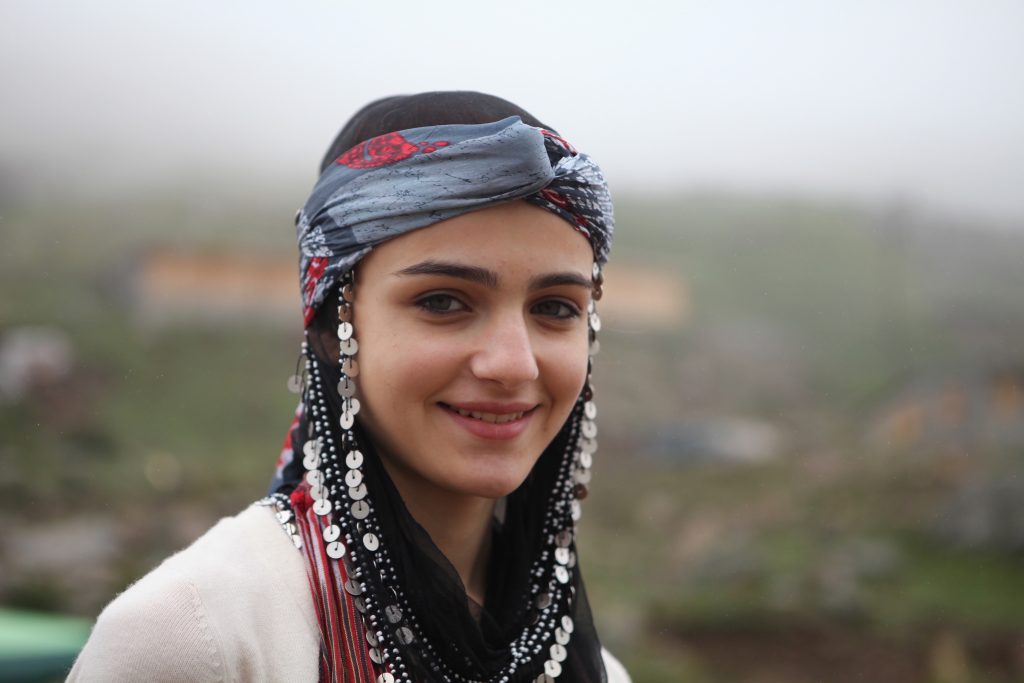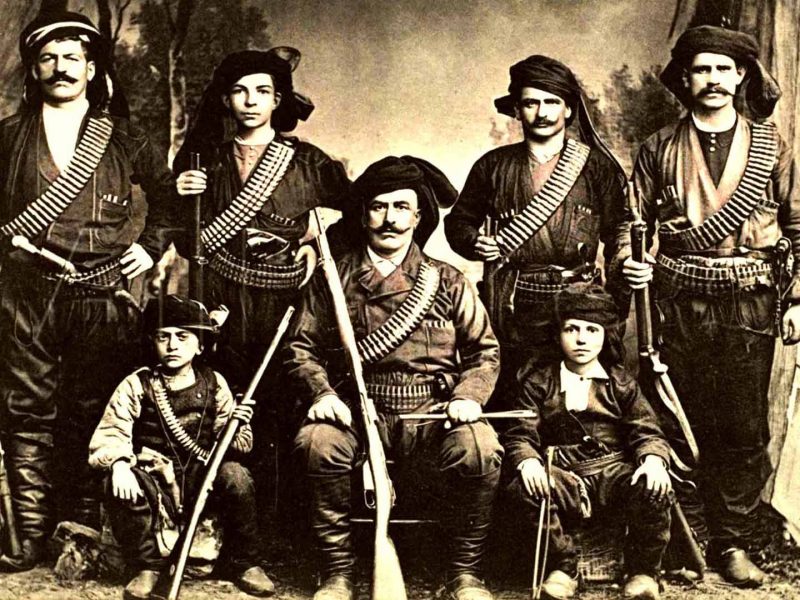Written history documentaries bring light to extant ethnic origins of the Eastern Black Sea origins. In the archaic age, the cultural structure of the Eastern Black Sea was expressed by the term “kolhi” After about 1,000 years had passed, in the Byzantine period, the “Lazi” terminology took over. In history, these names were represented not only as tribes but also as the cultures of the regions.
Many people have lived in the Eastern Black Sea for thousands of years. One community is named Kolha. It has been learned that this place has the oldest written documents. The people of Kolha, Greek people, lived under the name of many kingdoms at that time. The Greeks had settled in the Eastern Black Sea to shop with indigenous peoples and establish trade colonies there. According to archaeological findings, traits such as a central state organization were in place even in a quite late period. The Kolha-named coins belonging to this era have also survived to the present. We can infer that the country functioned as a central kingdom. No written language of the Kolhas has reached to present; therefore, it is impossible to figure out details like which city of Kolhas was the largest.
After the period of Alexander the Great, feudalism and principality came to exist with a change in local power balances of the region, and thanks to immigration. The Sannika region in Trabzon, which is dependent on Rome, once hosted The Sanni Tribe. We can see the tribes of Heniohi and Mahelon in the surrounding area. One of the local kingdoms, Heniohi, established itself as an ally to the Roman Empire. This community was a kingdom among the mountainous regions and it was known as Makron (Mahelon) in a former era. Heniohi society was a small sailor tribe, along with the Zydrit, Malassas, Iulianos, Resmagas, and Spadagas, also included in the Eastern Black Sea. Over time, Turkish tribes started to settle on the shores of Eastern Black Sea due to wars and infringement. Laz people, Hemşin people, and more communities have also lasted to present times.

A local girl in Rize, Kavrun Highlands
When we look at the collective with a sociological perspective, we can see how important the language is. Language can be changeable at different levels of society and it depends on region. Apart from Turkish, Arabic and Kurdish are also used in Eastern Anatolia and in South East Anatolia. In the Aegean and Marmara regions, you can also meet Bosnian and Albanian speaking people. Alongside language differences in a country, we also hear many accents, which is the result of variety in ethnic cultures.
Today, there are some Greek speaking people in villages of Trabzon. Greek is known as the Romeo dialect. This is evidence of Greek people who lived in the Eastern Black Sea Region in the past. However, this language has entered in the records of the United Nations as a disappearing dialect. The Laz people have not established their sovereignty throughout history, but their existence has been documented under various states. The Laz language is similar to Georgian, Svan, and Mingrelian languages. In the 1930’s, some work in this field has been done and the Laz Alphabet has come back into use. In the present, although the Laz Alphabet is not used officially, it is spoken in Artvin (Arhavi, Hopa, Borçka), and Rize (Pazar, Ardeşen, Çamlıhemşin, Fındıklı). In the past, Hemşin people came to Rize and Artvin areas of the Eastern Black Sea Region to settle. Their language is similar to Armenian. People who live in Rize, speak Turkish, which has some Armenian words included. However, people who live in Artvin speak the Homşetma dialect.

Local people and folk dance in Black Sea
Georgian people have lived in many countries, one of which is Turkey. In the 1920’s, Georgians immigration to Turkey started to gain in intensity. The Zan and Svan peoples, historically on the books as a Georgian community, use a Georgian language as their dominant language. Although dialects are similar, they are different people. In time, the people’s languages have merged under the umbrella of the Georgian language. Georgian has been spoken for over 400 years, but today the dominant language has become Turkish. The Georgian language has e, a, i, u, and o voices but there are no ı, ö, and ü voices. For example, in Turkish aslan (lion) vs. Georgian aslani: bayrak (flag), bayraki and tütün (tobacco), tütüni. Of course, there are countless other examples to consider.

